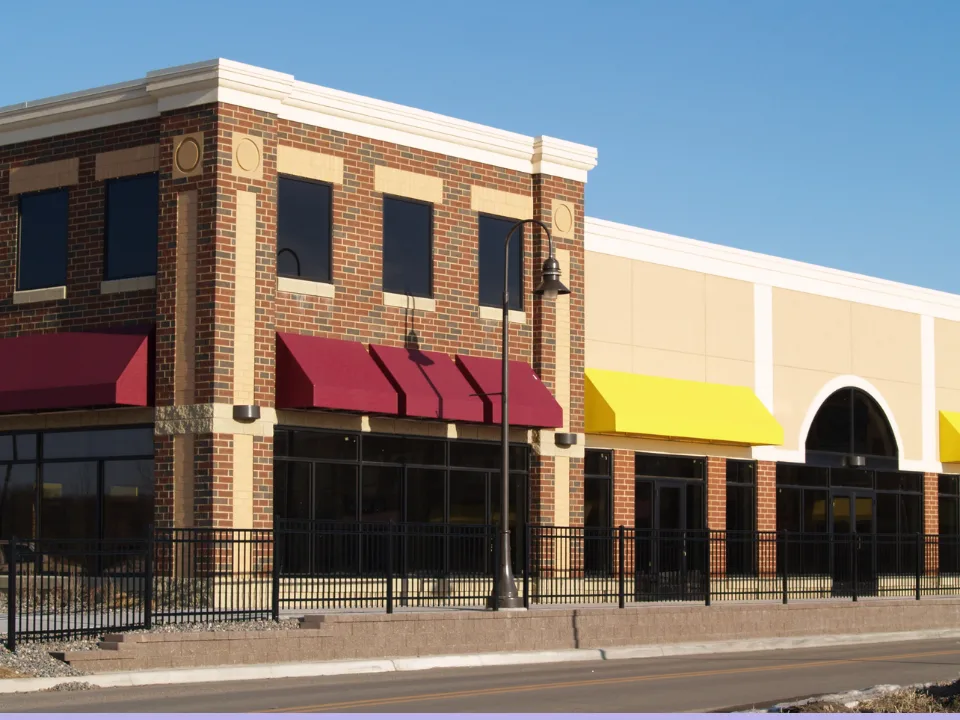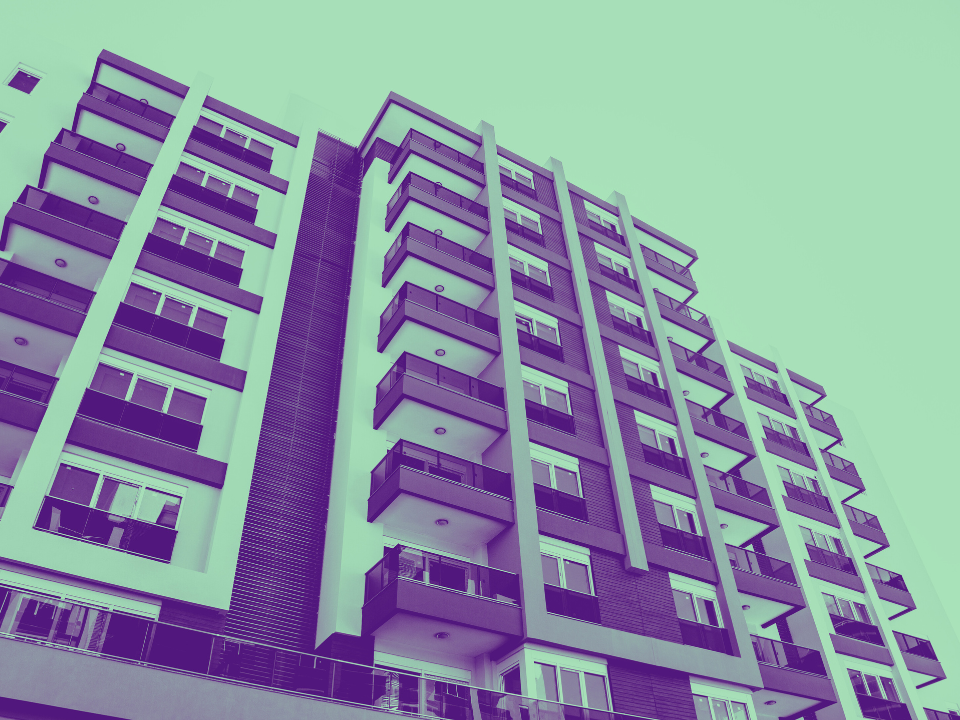- Asking rents were up 1.2% MoM in May for both 1BRs and 2BRs, while 2BR rents were up 0.5% YoY.
- Syracuse and Columbus led with 20%+ rent growth, fueled by population growth and development.
- Both cities anticipate further rent increases, at least until new supply meets rising demand.
May’s rental data reveal rising rents nationally, with Syracuse and Columbus leading the way, according to Zumper.
Rising Rents Nationwide
On a monthly basis, 1BR and 2BR rents were up 1.2% in May from April. As Globest reported, this is the first time in 20 months that monthly growth has exceeded 1% for these two categories.
On a YoY basis, 1BR rents stayed flat, while 2BR rates rose marginally by 0.5%. Despite rent growth cooling down, rents are still significantly higher than they were four years ago. 1BR rents are $287 higher than they were in May 2020, while 2BR rents are nearly $400 higher.
Syracuse, Columbus Lead
Rents in Syracuse and Columbus saw some serious YoY growth. Syracuse enjoyed a staggering 28.6% increase in 1BR rents, driven by historical population growth. High homeownership rates in Syracuse have also intensified multifamily competition, boosting rents.
Meanwhile, Columbus rents surged by 22.5% thanks to relative affordability and plenty of job opportunities. Both cities are likely to see continued rent hikes until new supply meets the rapidly growing demand. Notably, Columbus was one of the fastest-growing major U.S. metros in late 2023.
Cheaper Cali Living
On the flip side, seven California cities suffered from lower YoY rents, notably Oakland (-8%) and Sacramento (-9%). Zumper attributes the decline to reduced demand rather than increased supply, hinting at a broader demand shortfall.
The Bay, LA, and San Diego metro areas all struggled with net move-outs, due to the high cost of living alongside changing work trends. Notably, Sacramento’s occupancy rates have fallen consistently since 2021.
Why It Matters
The latest rental data reinforces what we’ve known for some time—former primary markets are still suffering from post-pandemic trends, and the West Coast has been harder hit than the East Coast. More Americans, faced with few homeownership options, are opting to upgrade to larger spaces in secondary and tertiary markets.

















